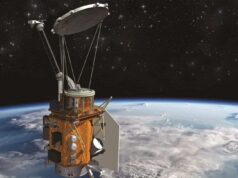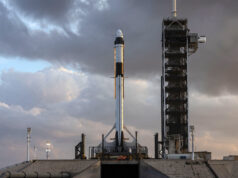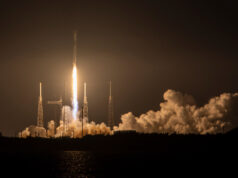
In a groundbreaking achievement, NASA’s Perseverance rover has successfully generated oxygen on Mars for the first time. This monumental feat was accomplished using the Mars Oxygen In-Situ Resource Utilization Experiment (MOXIE) instrument onboard the rover. The success of this experiment has far-reaching implications for future human missions to the Red Planet.
The MOXIE Instrument
The MOXIE instrument was designed to convert the thin, carbon dioxide-dominated Martian atmosphere into oxygen. Installed in the belly of the Perseverance rover, MOXIE has exceeded NASA’s initial goals and demonstrated capabilities that could be vital for future human exploration of Mars. Technicians at NASA’s Jet Propulsion Laboratory were responsible for integrating this crucial instrument into the rover.
The Experiment
The first operation of MOXIE produced about 5 grams of oxygen, equivalent to roughly 10 minutes’ worth of breathable air for an astronaut. The instrument is designed to generate up to 10 grams of oxygen per hour. This technology demonstration was primarily aimed at ensuring the instrument’s survival during the launch from Earth and its operation on Mars.
Implications for Future Missions
The success of MOXIE not only proves that oxygen can be produced on Mars but also opens up possibilities for other in-situ resource utilization experiments. This is a significant step toward making human missions to Mars more feasible, as it demonstrates the potential for astronauts to produce essential resources on-site, reducing the need to carry large amounts of supplies from Earth.
Conclusion
The successful generation of oxygen on Mars is a landmark achievement that brings us one step closer to the dream of human exploration of the Red Planet. This experiment has not only met but exceeded NASA’s initial expectations, showcasing the potential for future missions to be more self-sufficient.
Key Takeaways
- NASA’s Perseverance rover has successfully generated oxygen on Mars using the MOXIE instrument.
- The first operation produced about 5 grams of oxygen, enough for 10 minutes of breathable air for an astronaut.
- This achievement has significant implications for future human missions to Mars, making them more feasible and efficient.
Sources:










